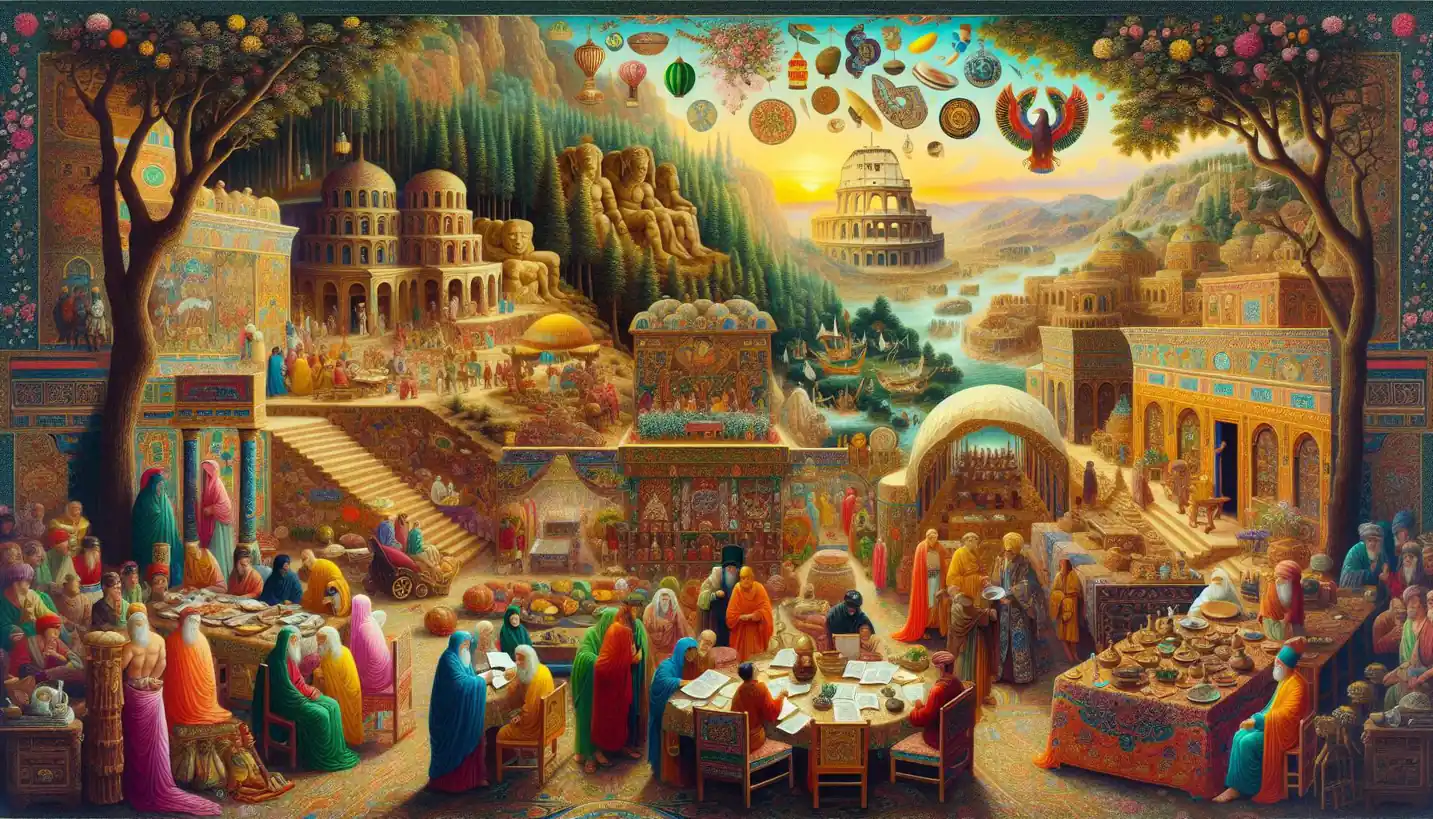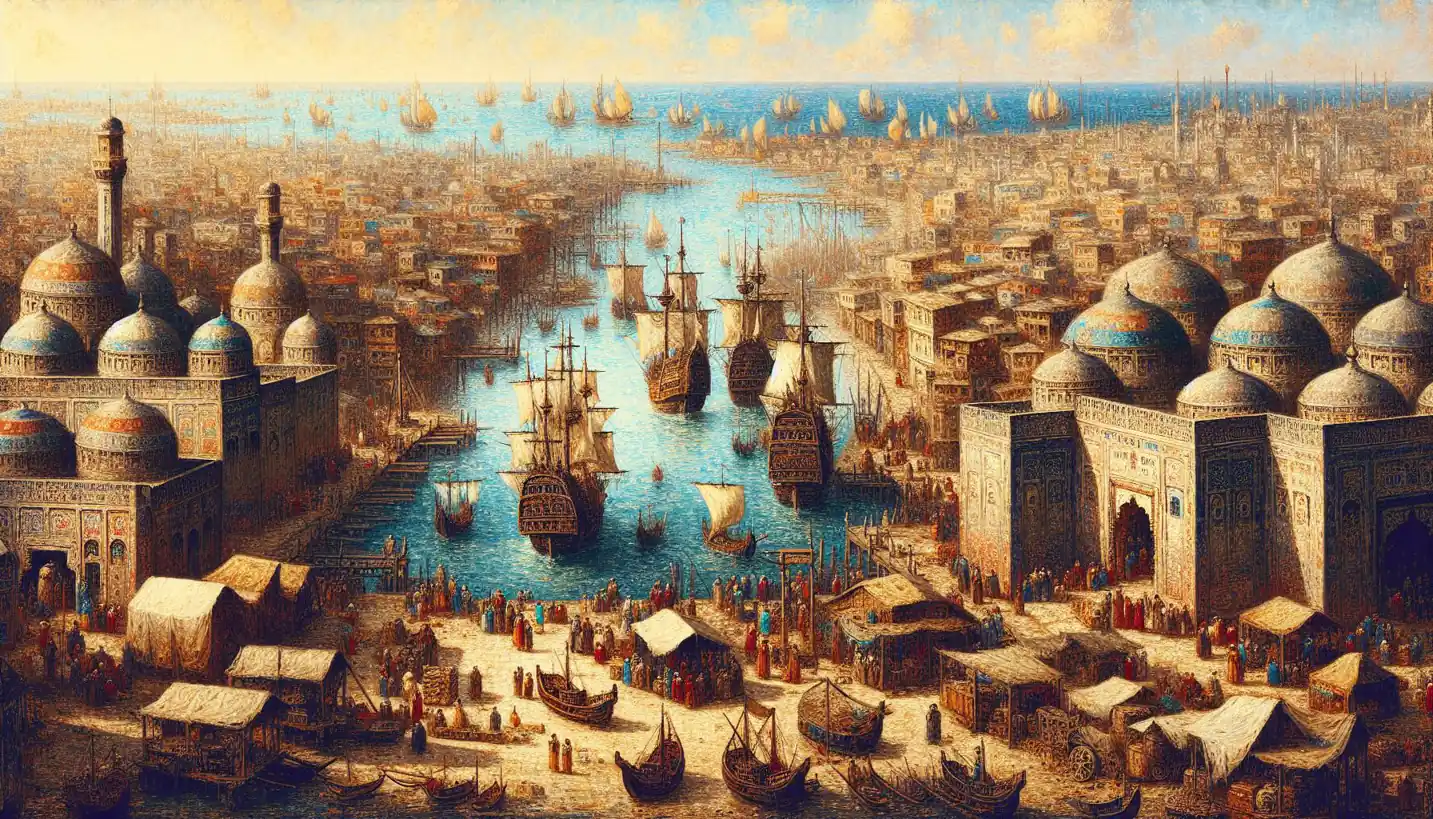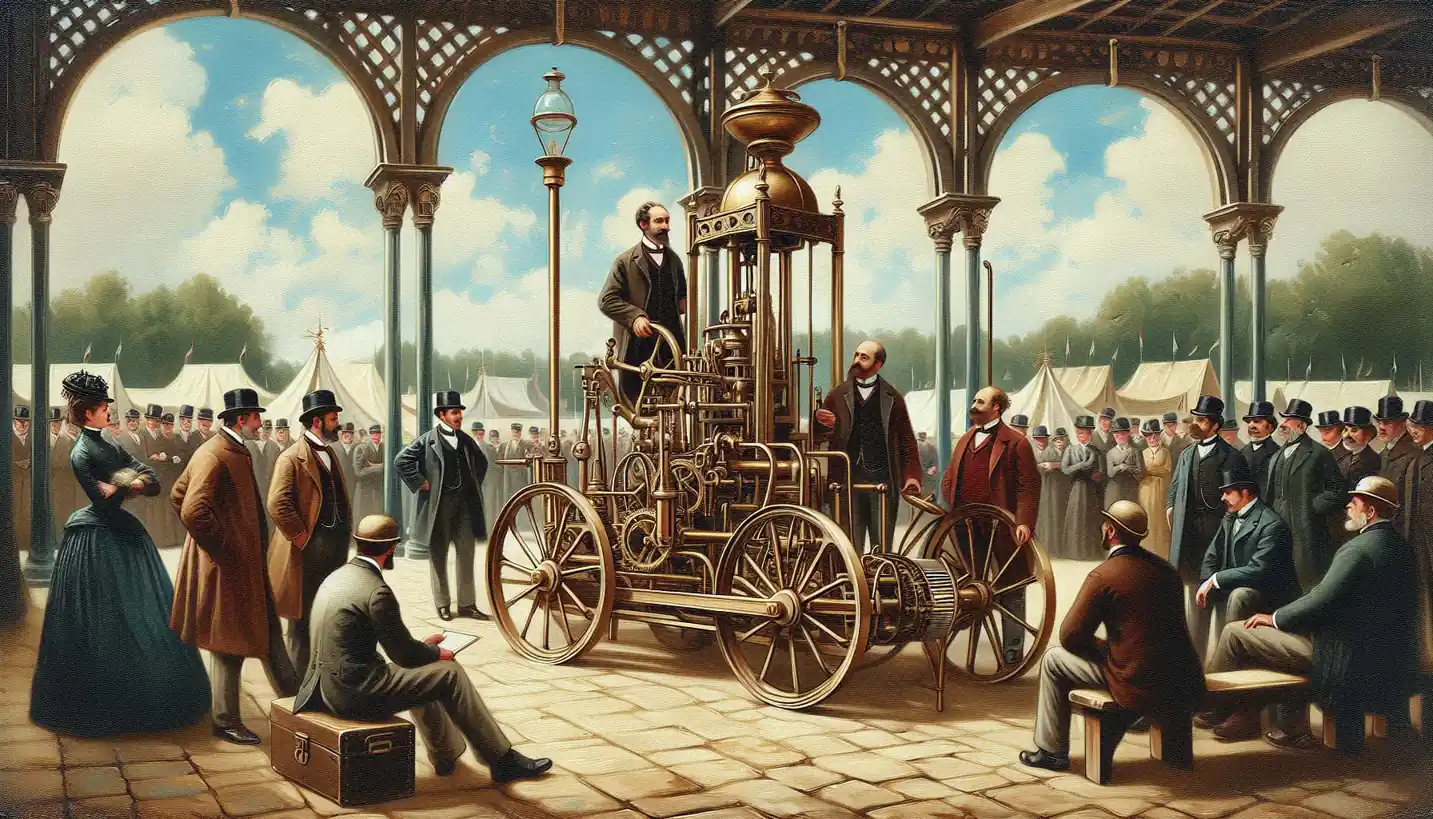· History · 5 min read
Hegemony: Exploring Power and Influence in Political History
Hegemony has been a driving force in global political dynamics. Explore how nations wield influence and power throughout history.

Throughout history, nations and leaders have always sought ways to exert power and influence over others. This desire for dominance has led to the rise of empires, the spread of ideologies, and the establishment of certain cultural and political norms. At the heart of these dynamics lies the concept of hegemony, a term often thrown around in discussions of political history. But what does it really mean, and how has it shaped our world?
Hegemony is a bit like being the most popular kid in school, but with much higher stakes. It’s about having a dominant position over others, not just through direct control but also by getting others to willingly follow your lead or adopt your ways. This isn’t just about military might or economic power; it involves cultural, political, and ideological influence as well. Countries or groups that achieve hegemony often set the rules of the game, and others play along because it seems beneficial or necessary.
Historical Roots of Hegemony
The idea of hegemony isn’t new. It goes back to the ancient world, where states and empires from Greece to China have sought to establish their dominance. The term itself originates from ancient Greek, where cities like Athens sought leadership over other city-states during the Peloponnesian War.
Fast forward to modern times, the notion of hegemony became particularly relevant with the rise of European empires. Colonial powers, through both hard power (military conquest) and soft power (cultural assimilation), expanded their reach across the globe. These empires weren’t just taking lands; they were spreading their languages, religions, customs, and governance models.
The Role of Hegemony in the 20th Century
The 20th century was a defining era for hegemony, witnessing the rise and fall of superpowers. Following World War II, the United States and the Soviet Union emerged as the main contenders for global hegemony. This period, known as the Cold War, was less about direct conflict and more about influence and ideology. The US promoted democracy and capitalism, while the Soviet Union pushed for communism and state-controlled economies.
During this time, many smaller nations aligned themselves with one of the superpowers, not just for protection but also for economic and developmental support. This bipolar world shaped international relations for decades, highlighting how hegemony isn’t just about having power but using it to shape the global landscape.
Economic Hegemony
Beyond politics and military might, economic influence plays a crucial role in establishing hegemony. Nations with strong economies can exert significant control over global markets and trade practices. For instance, the US dollar being the world’s primary reserve currency gives the United States considerable sway in international financial markets.
Economic hegemony isn’t just about money; it’s also about setting standards. Countries that lead in technology or industry often define global practices. Think of how American tech companies have shaped the digital landscape or how the Industrial Revolution in Britain set the stage for global manufacturing trends.
Cultural Hegemony
Culture is a subtle yet powerful form of influence. When a country’s culture becomes dominant, its language, films, music, and even food can become globally pervasive. The spread of American pop culture is a prime example of cultural hegemony. Hollywood movies, fast food chains, and even clothing styles have a global presence, influencing lifestyles and preferences worldwide.
But cultural hegemony isn’t just about consumption. It’s also about values and norms. When a culture becomes dominant, its ideas about freedom, individual rights, or family structures can become widely adopted. This influence can shape social and political attitudes in far-reaching ways.
Theories of Hegemony
Italian philosopher Antonio Gramsci brought the idea of cultural hegemony into deeper focus. He argued that the ruling class maintains control not just through force but by shaping societal norms and values, making their dominance seem natural and inevitable. This perspective highlights that hegemony is as much about ideology as it is about tangible power.
Gramsci’s ideas suggest that people accept certain norms because they seem right or beneficial, often without questioning who benefits the most from these arrangements. This acceptance enables hegemonic powers to maintain dominance without constant coercion.
Challenges to Hegemony
Hegemony isn’t unchallenged. Throughout history, dominant powers have faced resistance, both from within and outside their spheres of influence. No empire, no matter how powerful, lasts forever. Economic crises, military overstretch, and internal dissent can all undermine hegemony.
Moreover, as the world becomes more interconnected, hegemony faces new challenges. The rise of multipolar power structures, where several countries hold significant influence, can dilute the dominance of any single nation. Nations like China and the European Union challenge traditional power centers, reshaping global dynamics.
Future of Hegemony
In our rapidly changing world, the concept of hegemony continues to evolve. Globalization, technological advancements, and shifting economic power centers are redefining influence. As new players emerge on the world stage, the traditional hegemonic powers must adapt, fostering cooperation while balancing competition.
The internet and social media have created platforms where ideas spread rapidly, challenging traditional cultural and political dominance. In this digital age, hegemony might not rest solely on national power but on who controls the narrative and information.
Conclusion
Hegemony, in its many forms, has been a driving force in shaping our history and continues to influence our future. Understanding its dynamics helps us comprehend the complex interplay of power and influence that underpins international relations. As we move forward, the nature of hegemony will undoubtedly shift, reflecting the ever-changing tapestry of global politics. This journey through history, economics, and culture reminds us that influence isn’t merely about might—it’s about shaping the world in subtle and profound ways.



